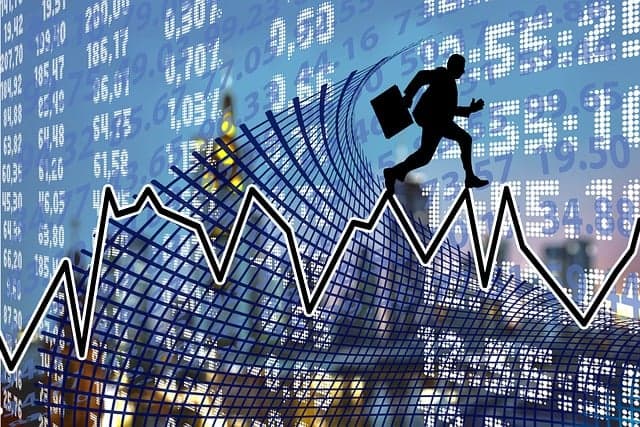Myth 1: Investments in precious metals are the safest
Yes and no. Precious metals are always valuable, even in times of global economic crisis. But if we are talking about short-term investments, less than a year, then investments in precious metals can bring no income or even turn to losses.
Unlike securities and even cash money, which sometimes – as history shows – turned out to be unsecured pieces of paper, gold, silver, platinum and palladium always have an independent value. In this sense your investments are protected – the value of precious metals can not become zero even in times of economic turmoil. On the contrary, in unstable times their prices grow along with the demand.
On the other hand, to predict the income from precious metals is difficult even for analysts. The prices are influenced by the world demand conjuncture, and it is almost impossible to take all the factors into account. The cost of precious metals fluctuates a lot, literally every day. There were even periods of several years when their average annual price was steadily declining. For example, from 2012 to 2015, the price of silver halved and then started rising again. But when you look at the long term, investments in precious metals outpace inflation, which means your savings will actually last.
Conclusion: investing in precious metals does help you keep your savings, but only if it is an investment for the long term – at least 10-15 years. In a short period of time you have the chance not only not to increase, but even to lose part of the savings.
Myth 2: When precious metals go down in price, you must buy them with all your money, because then they will go up anyway.
No and no. First, you should not invest more than 10% of your investment portfolio in precious metals. Don’t put all your eggs in one basket, even if they’re gold or silver. Second, you need to decide what your goal is: do you want to make a quick buck or keep your savings? Your investment strategy depends on it.
If your goal is to make a quick return, follow the universal advice of financiers: buy assets when prices are just starting to rise after a downturn, and sell as soon as prices are starting to fall. But you have to watch the market very closely to make that kind of profit.
But that’s not all, you have to go against your psychology. After all, if after the purchase the price goes up, you instinctively want to fix the profit.
Or you have purchased an ingot and the price has gone down, and you are waiting for it to go up. Selling at a loss can be psychologically difficult. As a result, you can lose more on such mental fluctuations.
And you should not buy and sell too often – after all each time you pay a commission to the company through which you conduct the transaction. That can take all of your profits. So set yourself clear boundaries: how much you should wait to check the trend.
If you have no experience in the market, it is better to invest for a long time – so you will surely earn more. You can follow a strategy where you invest a small amount of your free money regularly in precious metals, regardless of the price. For example, once every six months. Over several years such tactics must pay off: growth of precious metals value will outstrip inflation.
Myth 3: It is better to buy the most expensive metal, you can earn more money on it.
No, not always. It all depends on your financial plans, the economic situation and the dynamics of the price of a particular metal.
You can invest in any of the four precious metals: gold, silver, platinum or palladium. The most popular is gold. It is held in the reserves of central banks around the world. Historically, it is the most common form of wealth accumulation.
Silver is in second place. It’s very affordable. Banks offer it both in bullion and in coins. Like gold, silver becomes more expensive during an economic downturn or crisis. From this perspective, gold and silver can be seen as a form of savings insurance in unstable times.
Platinum and palladium have been in circulation only in the last hundred years, and have not yet become as widespread and accepted as silver and gold as savings instruments. These metals are used more in industry, and therefore demand and prices for them are increasing during times of general economic growth.
More importantly, the price dynamics of platinum and palladium are much more strongly influenced by production factors: volume of production (and not many companies produce them), industrial consumption, demand for cars (in the production of which these metals are used) and so on. That is, factors that are not directly related to the financial market, so they are more difficult to predict.



